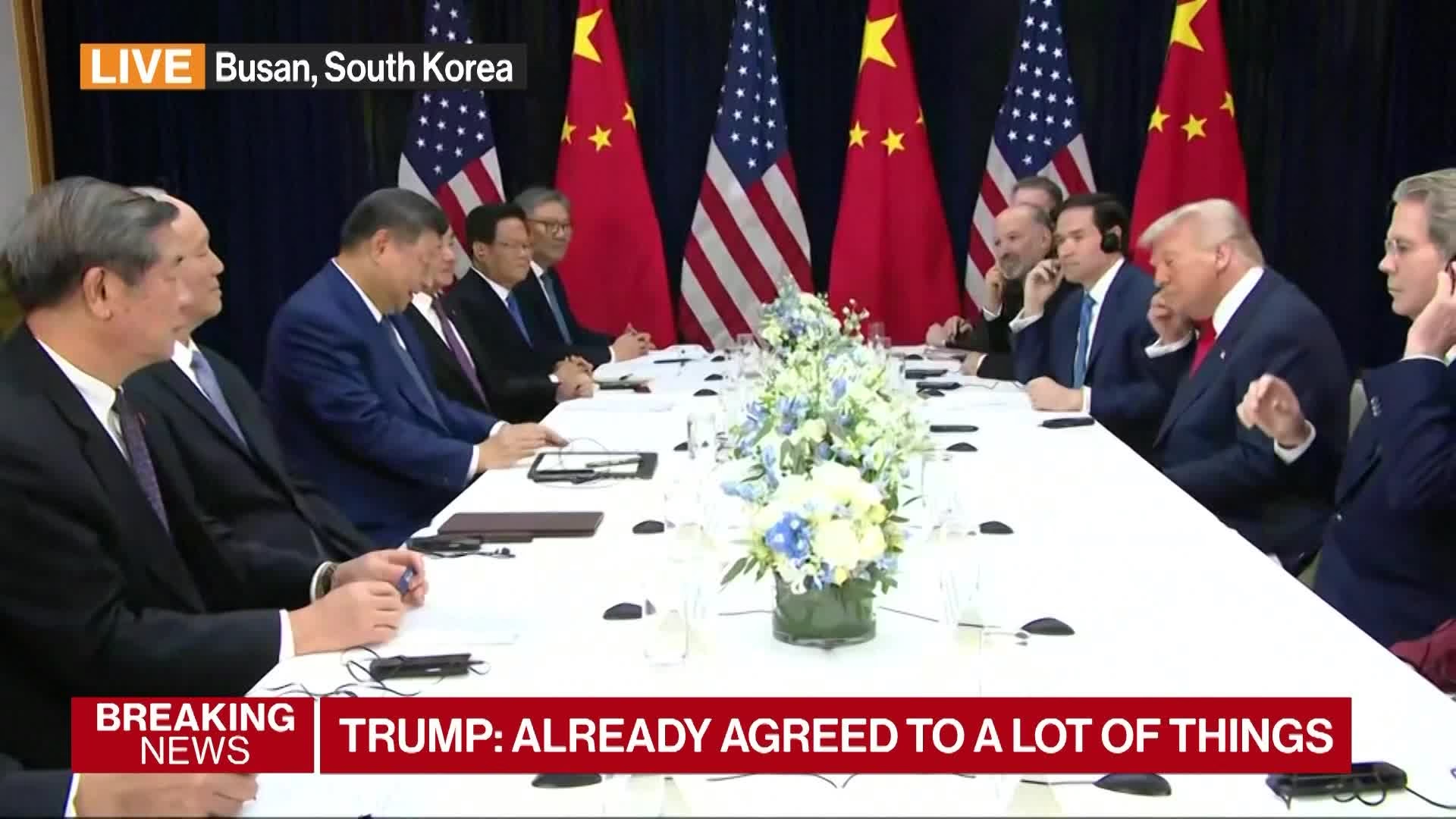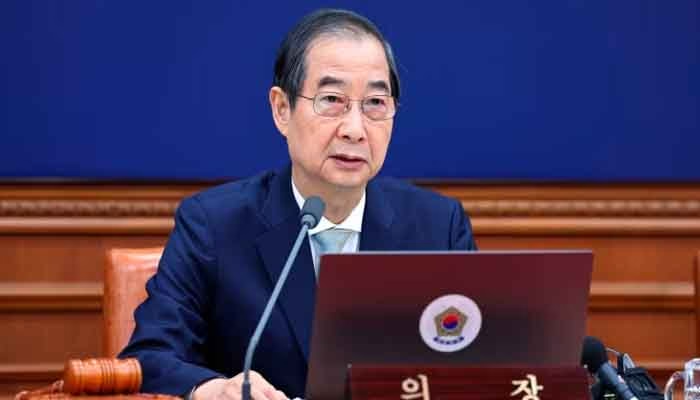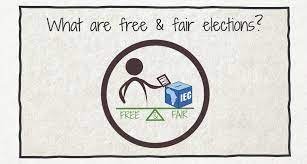Crunch talks between US President Donald Trump and Chinese President Xi Jinping over their ongoing trade war concluded in less than two hours on Thursday, with neither leader issuing a public statement about progress made.
The meeting — the first face-to-face encounter between the two leaders in six years — took place on the sidelines of the Asia-Pacific Economic Cooperation (APEC) summit in Gyeongju, South Korea. Trump departed immediately afterward, heading to Air Force One in Busan, waving and pumping his fist before boarding. Xi was later seen leaving in his motorcade following the 100-minute closed-door discussion.
Before the talks began, Trump praised Xi as a “very tough negotiator” while calling for a “fantastic relationship for a long period of time.” Xi, meanwhile, emphasized that although China and the US “do not always see eye to eye,” both should aim to remain “partners and friends.”
The two leaders were joined by top officials — on the US side, Secretary of State Marco Rubio, Treasury Secretary Scott Bessent, and Commerce Secretary Howard Lutnick; and from China, Foreign Minister Wang Yi, Commerce Minister Wang Wentao, and Vice Premier He Lifeng.
The meeting followed Trump’s unexpected social media post minutes earlier, in which he ordered the Pentagon to begin nuclear weapons testing “on an equal basis” with China and Russia. He claimed China, though “a distant third” in nuclear stockpiles, “will be even in five years.” The statement added tension to already complex trade negotiations between the world’s two largest economies.
The trade dispute, which spans key sectors from rare earths to soybeans, has disrupted global markets and supply chains. Trump had earlier suggested the talks could lead to significant progress, including potential tariff reductions on certain Chinese goods linked to fentanyl, a substance that has fueled a deadly epidemic in the United States.
A crucial point for Trump remains China’s resumption of American soybean purchases — vital for his support among US farmers — as well as Beijing’s recent export controls on rare earth materials essential for high-tech industries.
Analysts said both sides could pursue “easy wins” to signal goodwill. “Removing port fees or lifting fentanyl-related tariffs could be quick steps for the US, while China could respond by increasing imports of American commodities,” said Yue Su of The Economist Intelligence Unit.
The high-stakes meeting, held alongside the APEC summit of 21 nations that also included Japan, Australia, and Canada, ended without any immediate joint statement — leaving observers watching for signs of whether Washington and Beijing managed to ease tensions or merely postponed them.



